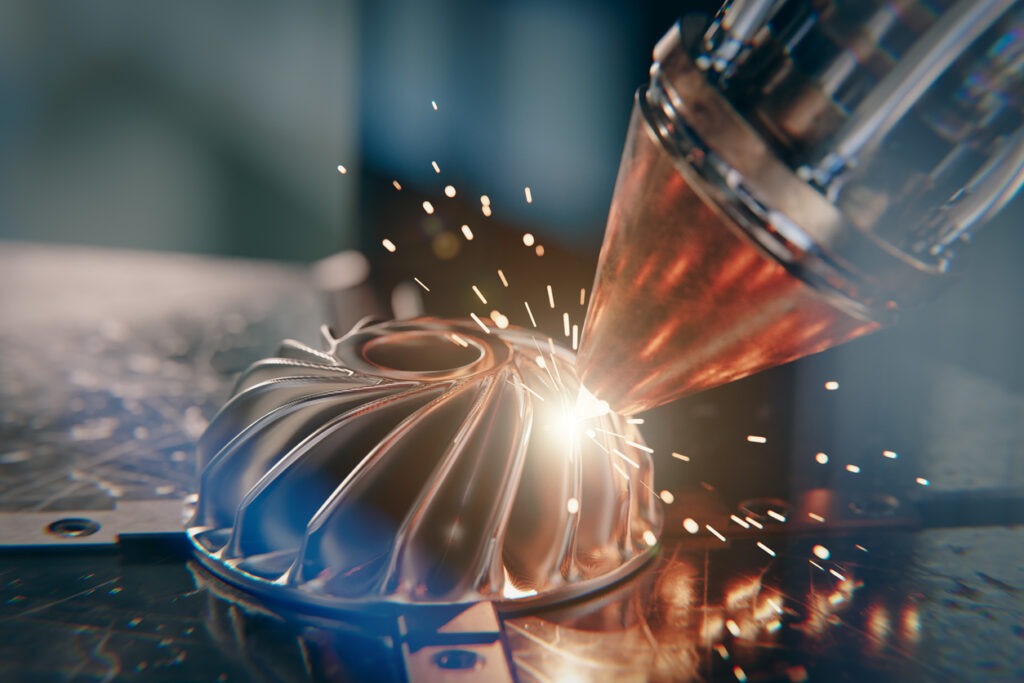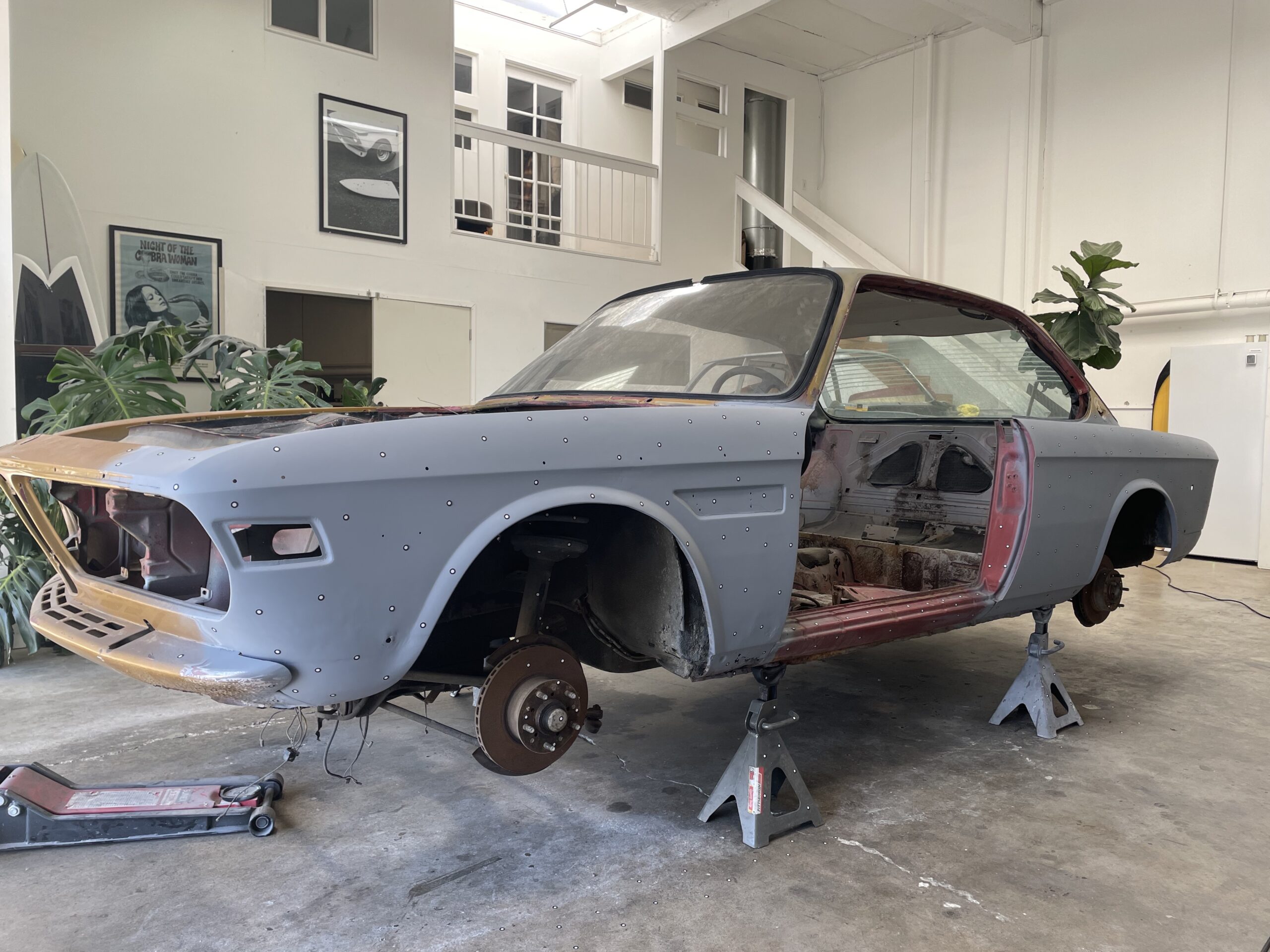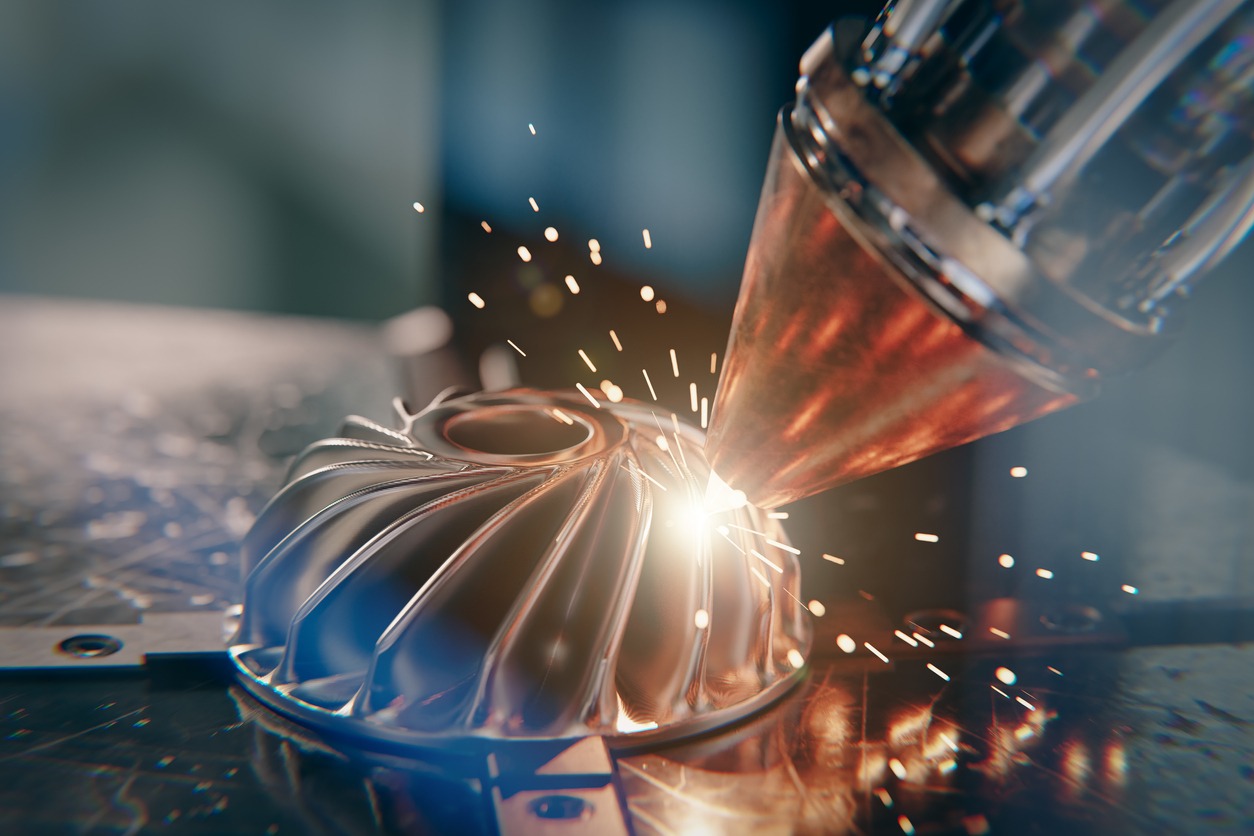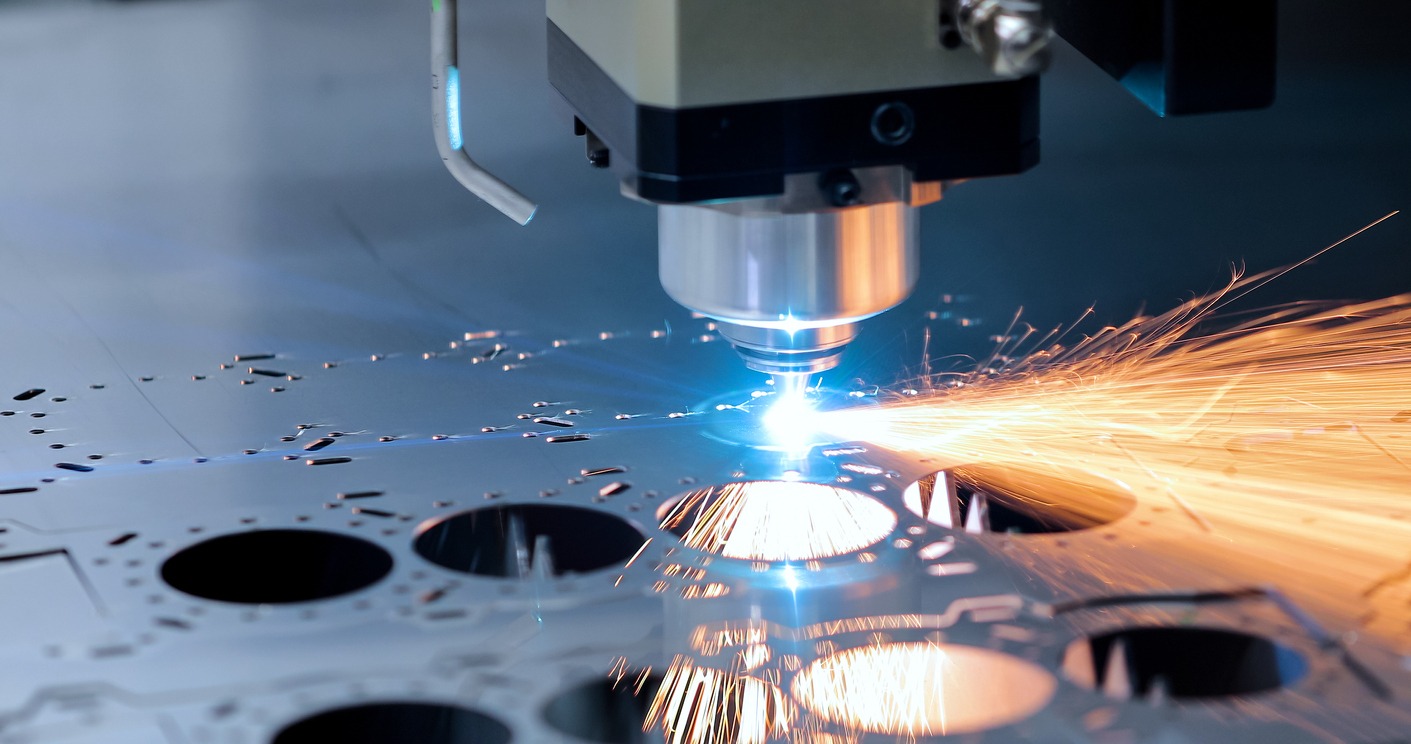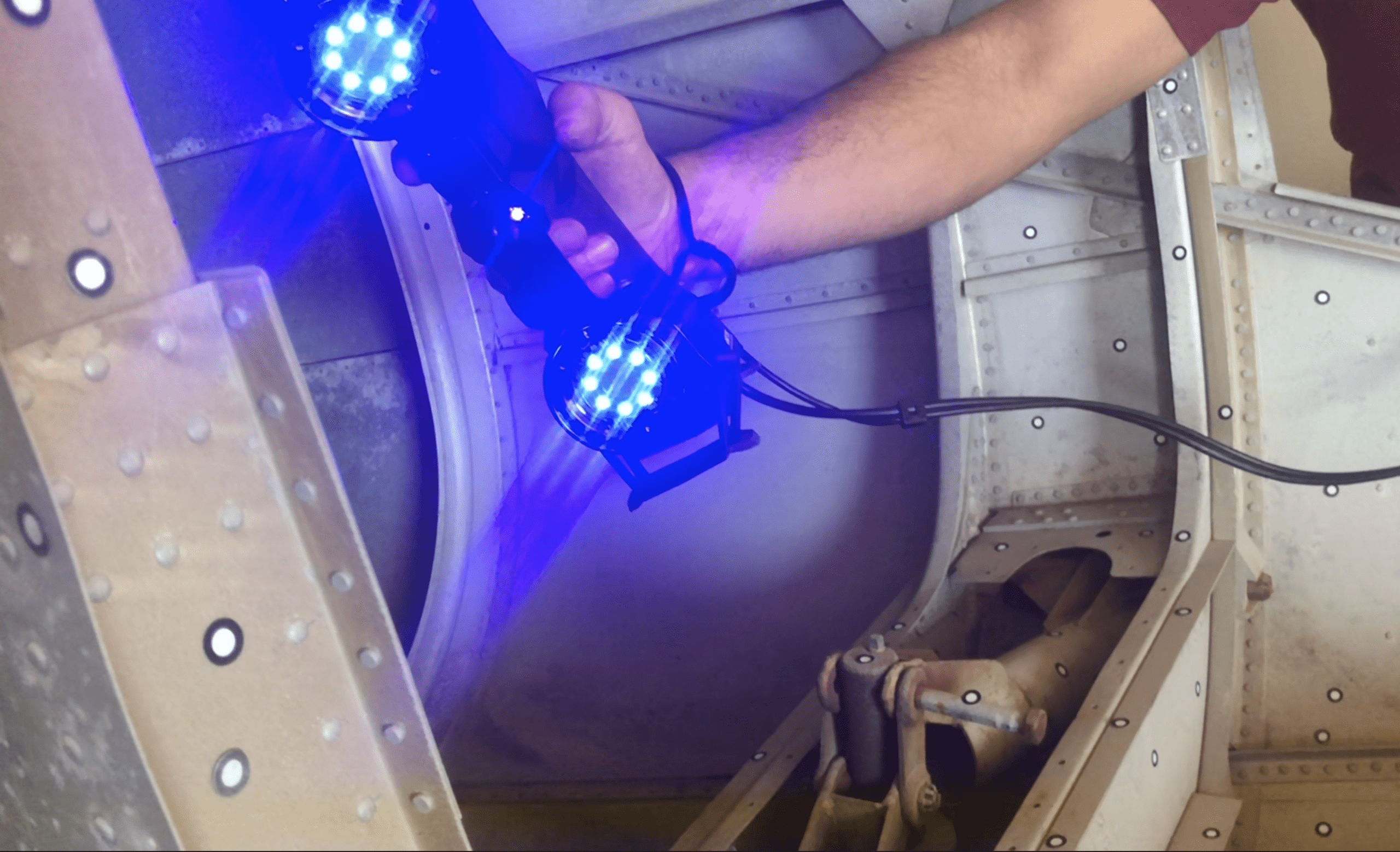In the span of just half a century, the realm of 3D scanning and 3D printing has expanded unimaginably.
Transitioning from a time when 3D scanning everyday objects, machine components, and even entire buildings with a few processes seemed like science fiction.
The evolution of 3D printing and 3D scanning technology has propelled us into an era of innovation, where these advancements play a pivotal role in various industrial processes.
This article explores the benefits of 3D scanning and 3D printing, shedding light on their major applications and the optimization they bring to existing processes.
What is 3D Scanning?
3D laser scanning is a breakthrough technology that renders highly accurate 3D models replicating real-world objects or environments by measuring data on its appearance.
3D laser scanners use the triangulation method to capture the distortions in light after it comes in contact with a surface. Detecting the changes between shape, distance, and orientation of the object’s shape.
The series of data points created are represented into a data cloud, or mesh, that takes the shape of the object you are scanning.
To ensure accurate readings, 3D scanners usually process all surfaces of an object multiple times and compare the overlaps to create precise 3D models in the shortest time.
What is 3D Printing?
The explanation for 3D printing can be extensive especially with some of the newest technologies presented.
3D printing, also known as additive manufacturing, is a breakthrough manufacturing process that involves creating three-dimensional objects layer by layer from digital models.
Unlike traditional subtractive manufacturing methods that involve cutting or shaping materials from a larger block, 3D printing builds objects layer by layer.
This allows for intricate and complex designs that might be challenging or impossible with other techniques.
The process begins with the creation of a 3D digital model using CAD design software. 3D printing and 3D scanning utilize the laser scanning technology to scan an existing object, to create a model.
This digital model is then sliced into thin layers, and the 3D printer interprets these layers to build the object. The printer deposits material layer by layer, which can be in the form of plastic, metal, or even biological materials.
3D printing has found applications in a wide range of industries, including manufacturing, healthcare, aerospace, automotive, and more. We utilize this technology as a form of rapid prototyping for our client’s projects.
Hand in Hand: 3D Scanning and 3D Printing
3D scanning has become a pivotal asset in enhancing the capabilities of 3D printing, fostering a seamless and efficient workflow between the two technologies.
One of 3D scanning and 3D printing primary contributions lies in the creation of precise digital models of real-world objects.
This alleviates the man hours that CAD modeling requires, offering a practical foundation for 3D printing processes.
Missing your original CAD models?
3D laser scanning facilitates reverse engineering by capturing the geometry and dimensions of existing physical objects, enabling the reproduction of components without reliance on original design documentation.
The integration of 3D scanning and 3D printing has particularly excelled in replicating complex shapes accurately.
Traditional design methods may struggle with intricate geometries, making 3D scanning a valuable tool in industries such as aerospace, automotive, and medical fields.
Overall, 3D scanning plays a crucial role in preserving cultural heritage, ensuring quality assurance in 3D printing, and minimizing design time and costs in the product development cycle.
Which 3D Scanner Works Best With a 3D Printer?
While a 3D scanner is not intended to impact the 3D printing process, the quality of the scanner remains crucial.
Any scanner on the market will detect the overall shape of your project. However the resolution and accuracy ranges dramatically.
For any project that requires precise data like aerospace and manufacturing, laser scanners are supreme. There is still however, a large difference between blue light and white light scanners.
3D scanners that use white light tend to have many pre-requisites and are very sensitive to the outside light. In many cases, you have to carry out your scans in optimal, dark conditions which limits the overall application.
Fundamentally, blue light scanners work better in many applicationsBlue light beams have a narrower wavelength and better filtering capabilities.
Additionally, these scanners capture digital models of required objects with greater precision, accuracy, and quality. This will be determined by the quality needed in your 3D printing project.
Common Applications and Benefits of 3D Scanning and 3D Printing
The widespread applications of 3D printing and 3D scanning are transforming industries across the board.
From research and development to rapid prototyping and mass production, these technologies have become indispensable. Here’s a glimpse into their major applications:
1 – Research
Both 3D scanning and 3D printing have a huge role to play in the research and development sector. From new composite materials to testing out innovative designs previously impossible to make, 3D printing has enhanced the possibilities.
3D printing technology is among the few domains where the R&D sector is both the biggest contributor and the benefactor. Advances in this technology in terms of speed, accuracy, and material capabilities not only help other industries in their product development lifecycles but also pave the way for further research.
2 – Rapid Prototyping
Perhaps the best-known application of these technologies is rapid prototyping. 3D printing has proven to be a gamechanger for product development which traditionally required a lot of time and resources.
As the name suggests, the process is faster than any of its counterparts.
This characteristic expedites the product development process and allows you to quickly test out prototypes, gather investments, and release your product in the market.
The best thing is that a quicker turnaround time doesn’t need any compromises on quality and accuracy.
With 3D scanning, a design can be replicated and modified at varying steps to produce a physical object.
This enables you to add consistent improvements to the sample design and get a clearer idea of what needs to be modified before final delivery.
3 – Mass Production
Although 3D printing is not a suitable choice for mass-producing an object, the technology still plays an important role in optimizing it.
Take injection molding as an example. It is among the cheapest and fastest ways of mass-producing plastic objects.
However, the process can’t start without a mold, which requires resources and time for preparation. It is also the priciest part of production.
This means that you can’t introduce design changes immediately because of time and cost constraints. Another long-standing problem in the manufacturing industry is the complexity of different shapes.
3D printing has completely changed this game! The same mold that used to require countless man hours to perfect can be delivered in a few hours with 3D printing.
You can also introduce numerous design changes at any time you want and that’s not all. The technology has unlimited potential and can handle all kinds of shapes without using any additional resources.
3D printing services, for instance, can deliver the most complex shapes in the same timeframe and without any extra charges because of the versatility of this technology.
4 – Medical Devices and Prosthetics
Another area where 3D scanning and 3D printing have created a lot of impact is prosthetics.
Traditional prosthetics required a lot of iterations and other painful procedures before they could be effectively used.
All injuries and amputations are not the same, so you can’t standardize the process as well.
With 3D laser scanning, these problems no longer exist. Now, you only need a few seconds for a painless 3D scan, and you’ll get a custom-fitted prosthetic limb within a few hours.
5 – Industrial Maintenance
Maintenance takes up a significant percentage of any industrial environment’s running costs.
In many cases you can avoid those costs or at least reduce them through preventive maintenance and 3D scanning can help with that. This technology allows you to analyze the present condition of your equipment and some integral parts without disassembling the machine.
You can identify multiple distortions, stresses, other faults, and rectify them before they create a huge issue.
Another area where both 3D printing and 3D scanning play a crucial part is in the maintenance of legacy industrial equipment.
Most OEM businesses stop producing spare parts of their older models after some time, but there are still many industries that rely on those machines for their operations.
Custom building a specific part for a single order is not feasible for any party so companies needing the part usually rely on 3D scanning and printing to create them in-house.
6 – Jewelry
In recent years, 3D printing technology has seen various deviations in terms of its usage.
The convenience and versatility of 3D printing have made it possible for jewelers to come up with more intricate designs and replicate them with more precision.
With the help of the right equipment, people can even make excellent jewelry at their homes.
Using the 3D Technological Combo at Tangent Solutions
Working with 3D scanning technology can be a little complicated. You’ll also need to keep up with the latest advancements and invest in the best equipment to get started.
Luckily, 3D printing and 3D scanning services like Tangent Solutions have got you covered. Thanks to our experienced team and state-of-the-art equipment, we guarantee the best results at the most competitive prices and in the shortest time.
Whether you want to get a 3D scan for reverse engineering or test out prototypes, our team can handle all your demands with its wide range of exceptional services. Get in touch with our expert team, committed to delivering the best in 3D technologies across the United States, today to get started.


